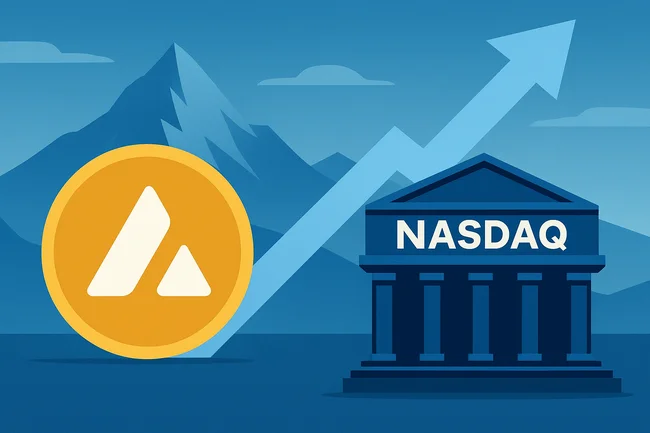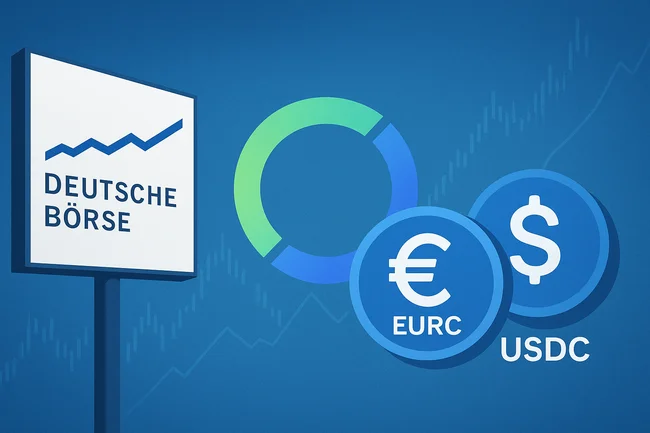A graph database is a type of database designed to handle and represent data in the form of interconnected nodes and edges. In these databases, data elements (nodes) are related to one another through relationships (edges), allowing for more complex queries and data retrieval.In the context of blockchain and cryptocurrency, graph databases can be used to analyze transaction data, identify patterns, and trace the flow of assets. They are particularly effective for visualizing relationships between users, wallets, and tokens.For instance, a graph database can help in detecting fraud by revealing unusual transaction patterns, as connections between different wallets can be easily navigated and analyzed. This capability enhances security and improves regulatory compliance.Furthermore, graph databases can support decentralized applications by enabling developers to create more dynamic and responsive systems. Their ability to manage complex relationships allows for advanced functionalities, such as social interactions and recommendation systems, making them increasingly relevant in the evolving landscape of blockchain technology.

Avalanche Treasury Co. to Go Public in $675M Deal With Mountain Lake Acquisition
Avalanche Treasury Co. (AVAT), a digital asset treasury company aligned with the Avalanche Foundation, said Wednesday it has agreed to



